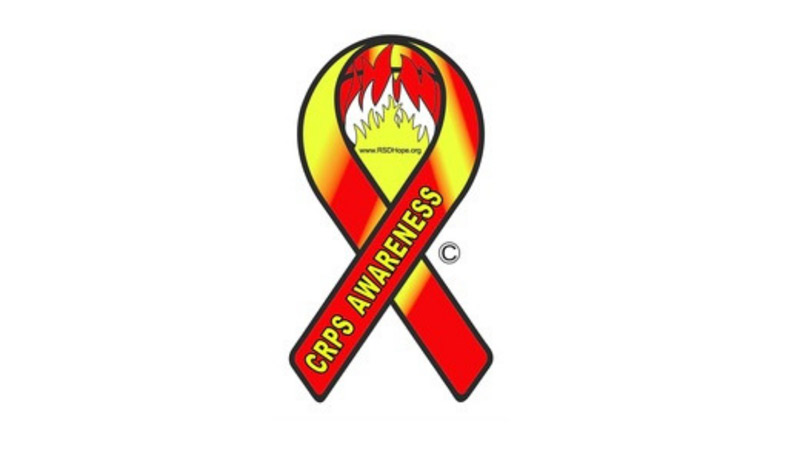
To learn how CRPS has affected one family, see Sam and Julia Unruh’s story in our Fall 2016 newsletter.
CRPS is a devastating disease of chronic and debilitating pain. It often starts from a relatively minor injury like a sprain or strain and can also result from more serious trauma such as a crush injury, fracture, repetitive motion disorder, surgery or a stroke. One study suggests that 1 in 60 Canadians have a lifetime risk of getting CRPS. The disease is more prevalent in women and more commonly starts in the upper limbs.
Early diagnosis of CRPS is key to treatment and prognosis of this little known and little understood disease. However the symptoms are varied and often dismissed by medical professionals because of simple lack of awareness.
Besides pain, signs and symptoms can include swelling, redness, noticeable changes in temperature, excessive sweating as well as hypersensitivity to touch and cold in the affected limb. The pain is often burning or throbbing and is significantly out of proportion to the original injury.
To get a marginal understanding of what CRPS feels like, place your hands or feet in a bucket of ice cold water for one minute (do not leave immersed any longer). It will hurt and you may not be able to last the full 60 seconds. Now imagine that the cold, burning, stinging pain never stops. Imagine that you feel that pain every day, all day.
For those who suffer from CRPS it is not obvious to others that they have a disease. They appear to look ‘normal’ and are often well practiced in masking their pain. People do not understand why they are not able to do things that they used to do or why they are not able to commit to events or invitations. Quite simply, someone with CRPS cannot forecast what the next day will be like, let alone next week and if their pain will be manageable. Living with constant pain is exhausting and forces you to make changes to your life to adapt. CRPS is also a disease that is unpredictable. It can spread to other areas of the body and impact bone density causing fractures to happen more easily. It is hard to know what the future will bring.
This November, please wear orange to show support for those who suffer each and every day from this devastating disease and make sure to let people know why. Together we can make change happen.

- Every dollar makes a difference - April 18, 2024
- FamiliesConnect workshops: We’ll save you a seat! - April 12, 2024
- “I make a wish with all my might…” - April 4, 2024

 Find Support
Find Support Donate
Donate